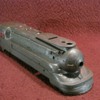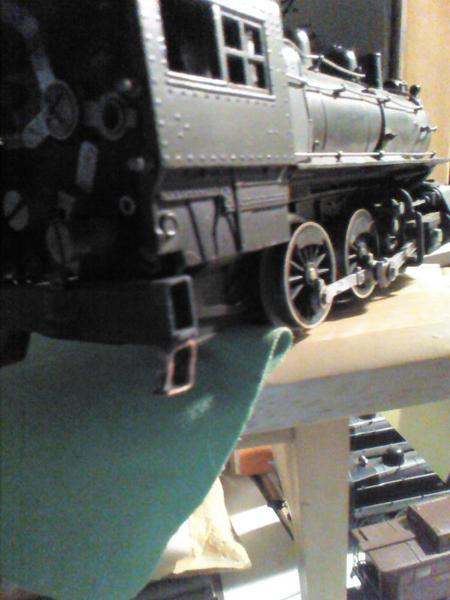Thank you TelDoc.
I love my style of "junk builds junk" more than most people, I know that 
I liked rat rodding cars too .
.
Maybe its the freedom to drop it (or step on it ).
).
Maybe its my love of crafts and/or "got it on the spot" engineering builds.
But I do love my junk more than my pretty items .
.
I apply and wrap/mask with Handi-wrap to keep JBw thin, and its workable as a no mess putty that way. Once set enough, I peel the Handi-wrap off & have a nice shiny surface.
I work it while still a little soft to ease and speed the cutting & filing.
Cut don't sand. It changes the texture too much.
I use files, and knives, no sandpaper. High speed grinding works decent sometimes.
The spot of lightness, down low, up front is a layer of JBW used as body filler on low spots. I just didn't get the color to match as well.
I also knew that most would see that as the whole repair, or guess the other flaws were the JBW .
.
( I cant tell what that one nickel sized spot is. Old paint, glue, JBW, chemical spill, heat damage??????)
I cant tell what that one nickel sized spot is. Old paint, glue, JBW, chemical spill, heat damage??????)
If you compare the two front corners vertical lengths you can see one is rounded & the other has lines revealing two "flats" from filing on it. I got lucky with the plastic(vert.) seam were the front wall meets the coal access.
All screw bosses had to be made of JBW too, as there were none left.
Fun and easier than most would think it is.


















